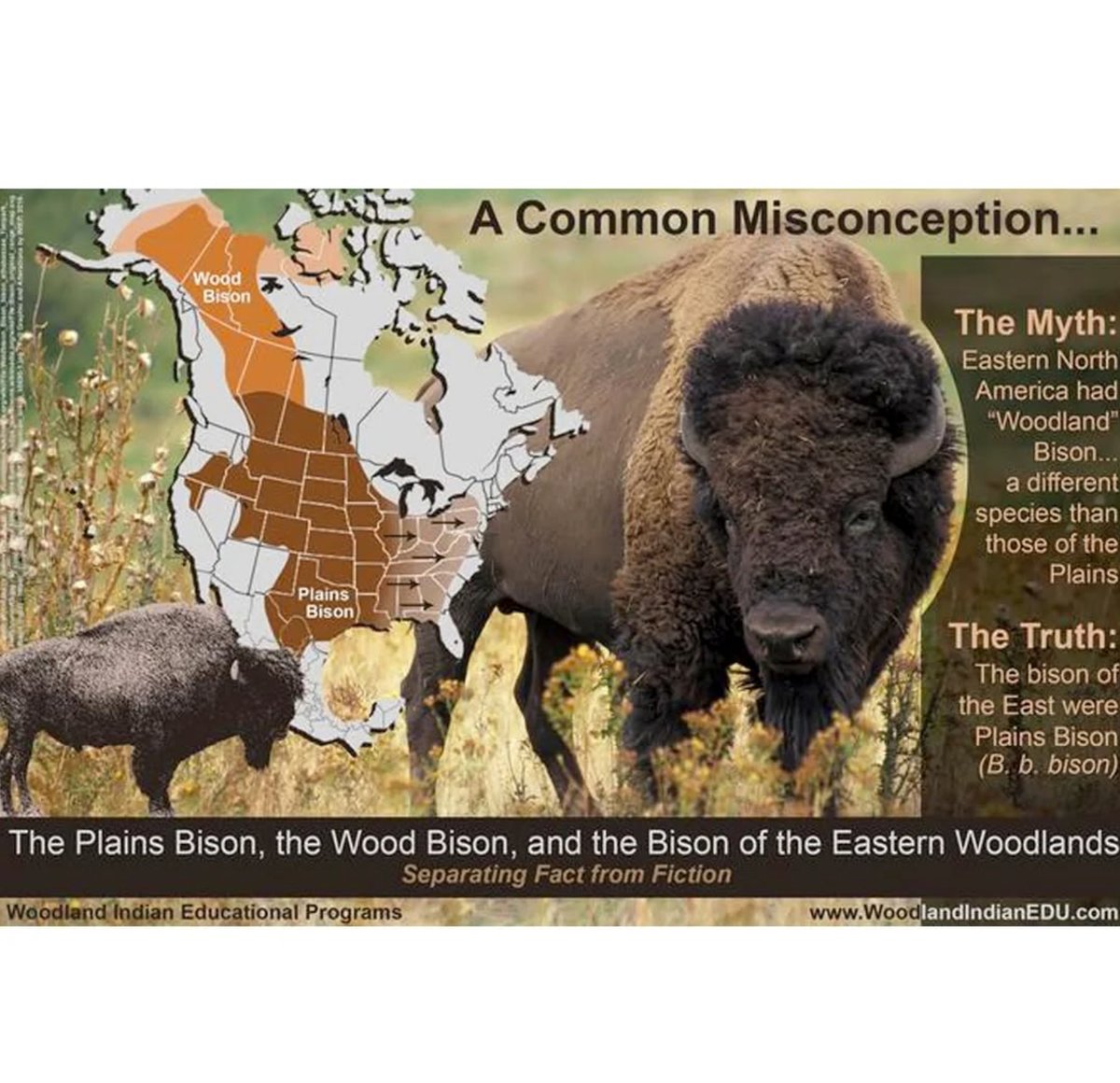
Mysterious Mountains
@MysteriousMtn
Exploring and researching the hidden stoneworks in the mountains of New England.
A quartz stone sitting on top of stonework that resembles a human head.
These two markers tell the story of Captain James Johnson and his wife, Susannah, who gave birth to a child near this location in Reading, Vermont, while being held captive by the Abenaki people. The Johnsons were taken from Fort Number 4 in Charlestown, New Hampshire, and forced…




1935 postcard of an "Indian Mound" at The Forks, Maine. It was completely destroyed but was locally called an Indian Mound. Some believe it was a lime kiln.
While many national park visitor centres focus on European narratives, Tekakapimek Contact Station emphasis on Indigenous stories is unique and significant. The land and the Penobscot River are not just of historical importance to the Wabanaki; they’re deeply rooted in Penobscot…
Pareidolia or turtle effigies within stone rows? Turtle effigies are a common feature in ceremonial stone landscapes. They represent the Great Turtle from Indigenous creation stories, who played a central role in the creation of the Earth by bringing mud from the depths on his…


Exploring stonework on Hawks Mountain. For centuries past, Native Americans had followed the waterways leading from Canada to the coast. One of the most-traveled routes connected Lake Champlain and the Connecticut River following Otter Creek and the Black River.…
On top of a rocky summit of a small mountain is a circular arrangement of stones rests on exposed bedrock. Could this be a Thunderbird nest, a sacred ceremonial feature, or simply an old, forgotten fire pit? More research is needed to better understand when, and by whom, this…
This video begins at a rocky high point overlooking a river valley below, where a stone circle, possibly representing a Thunderbird nest, rests on exposed bedrock. From this location, I make my way back down the mountain to the river valley, documenting the stonework along the…
One theory I've been exploring suggests that Vermont's ceremonial stone landscapes originated during the Younger Dryas period, roughly 12,900 to 11,700 years ago. These landscapes are predominantly found above former glacial lakes and inland seas from the Ice Age, often near…
Within a stone row sits a placed white stone that could possibly be a bison effigy. When compared to other known bison effigies similarities can be noticed such as the large humpback. There may be no bison on the east coast now but in the 18th century Bison roamed from New York…




The quality of this video isn't the best, I shot it before getting a better camera, but it shows an interesting feature that runs along the ridge of a small mountaintop overlooking a valley and facing a monadnock. This is one mountain I need to climb again.
This is a great conversation, youtu.be/mnoEmRAZkQU?si…